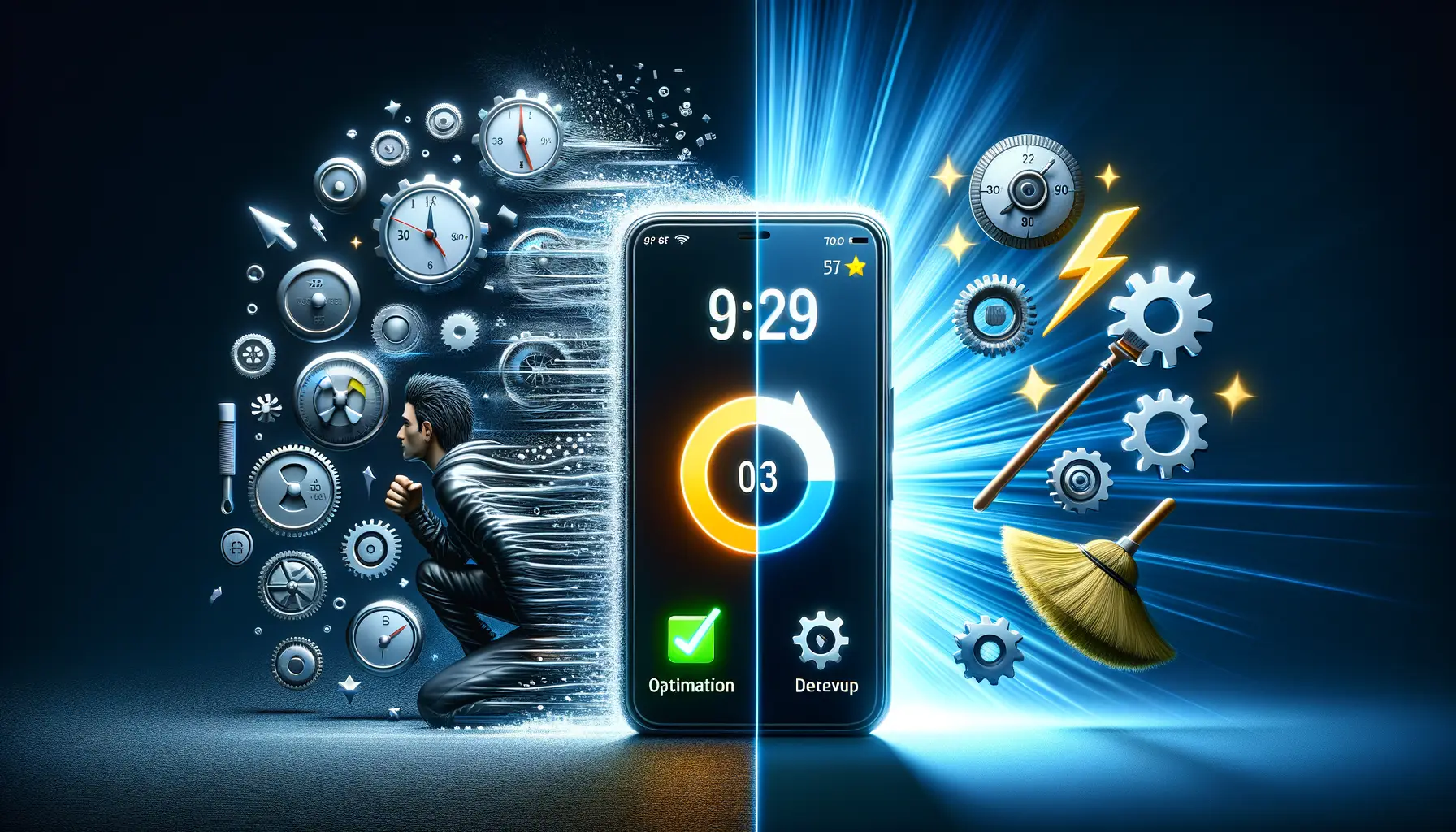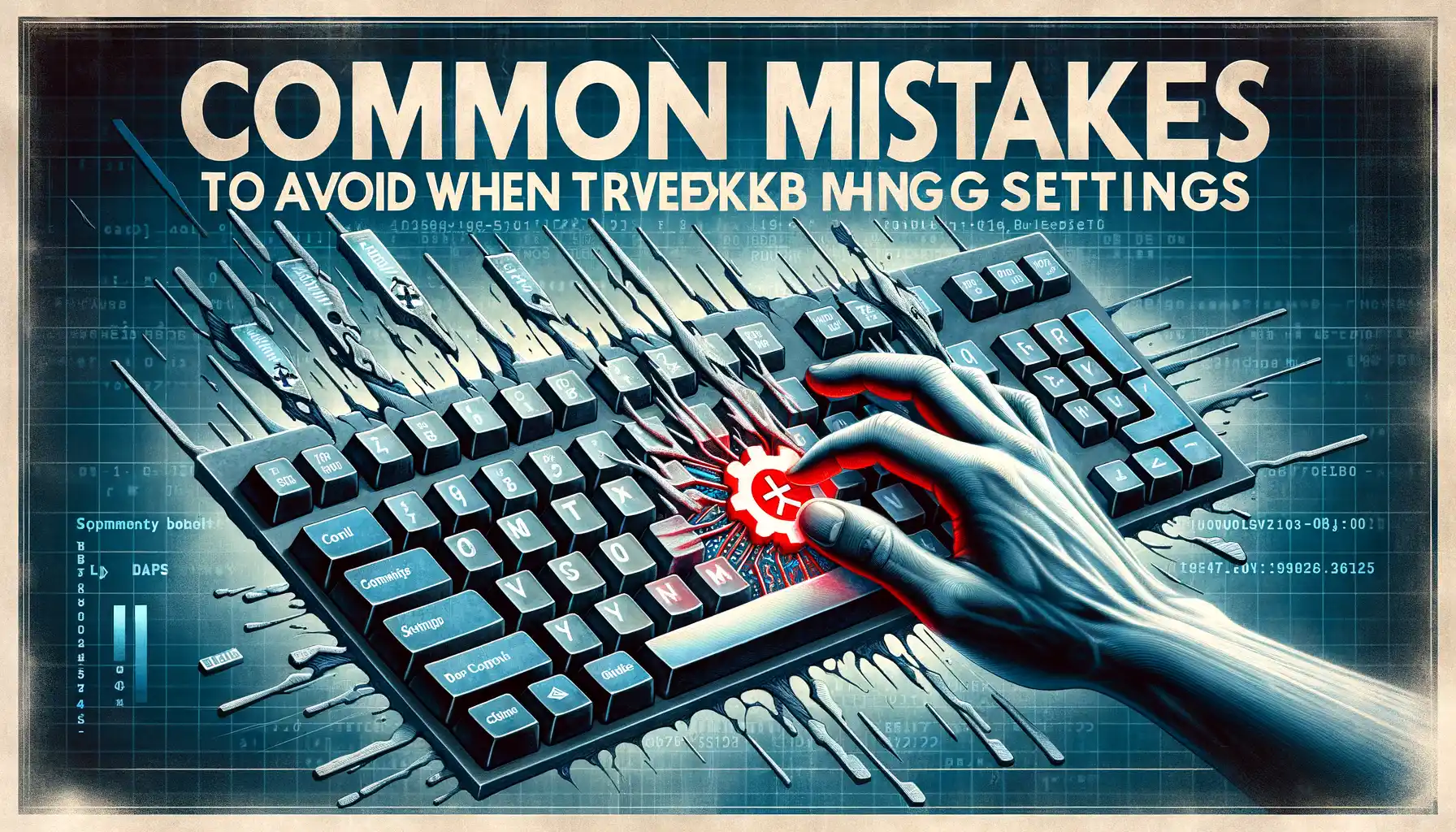How to Optimize Android Device Settings for Faster App Loading
Understanding the Importance of Optimized Device Settings
Why Your Device Settings Hold the Key to Speed
Think of your Android device as a race car. Sure, it can go fast, but without the right tweaks under the hood, you’re stuck in traffic instead of speeding toward your destination. If you’ve ever sat there tapping your foot while an app loads like molasses, the culprit might not be the app—but how your device is set up!
Your settings impact everything, from how data gets processed to how memory is managed. A poorly optimized device, like a cluttered desk, makes it harder to grab what it needs quickly. But when optimized? You’ll be breezing through app launches like they’re on rocket fuel.
Even simple things, like adjusting animation speeds or clearing old notifications, can make a world of difference. So let’s peel back the layers and uncover how these settings aren’t just nitpicky—they’re the road to faster, frustration-free app adventures.
Steps to Improve Device Performance for Faster App Loading

Declutter Your Phone for a Speed Boost
Think of your Android device like a backpack. Over time, unused files, forgotten apps, and cached data pile up, weighing it down. To speed up app loading, start by giving your phone a good spring cleaning:
- Uninstall unused apps: Go ahead, Marie Kondo your device. If an app doesn’t spark joy—or hasn’t been used in months—say goodbye.
- Clear app caches: Apps store temporary files to load faster, but those files can become bloated. Head into Settings > Storage > Cached Data and clear it out.
- Free up internal storage: Delete large photos, videos, or downloads clogging up space. Keep at least 20% of your storage free for best performance.
Update, Restart, Repeat
Sometimes, the simplest solutions are the most effective. First, ensure your apps and system software are running the latest versions—developers often release updates to fix bugs and improve efficiency. Then, don’t underestimate the humble reboot! Restarting your device clears background processes, refreshes memory, and provides a clean slate. It’s like giving your phone a fresh cup of coffee.
Turning these small changes into habits transforms how your Android device performs—and yes, faster app loading is just the cherry on top!
Key Android Settings That Impact App Speed

Adjusting Animation Settings for Lightning-Fast Responses
Did you know that those smooth, swooping animations on your Android device are silently slowing down how quickly apps open? It’s like waiting for a curtain to rise before the performance starts. While it looks nice, it can be a real culprit when it comes to performance.
Here’s the fix: head to Developer Options. If you don’t see it in your settings, go to “About Phone” and tap “Build Number” seven times—yes, seven! Now, dive into “Transition Animation Scale” and “Window Animation Scale.” Drop both to 0.5x or turn them off entirely. The result? Apps that feel like they’re leaping into action instead of strolling.
The Silent Drain: Background Processes
Let’s talk about all those apps running in the background. They’re like uninvited guests eating up your phone’s resources. To rein them in:
- Go to Battery Usage to spot greedy apps draining your power.
- Open App Settings and limit permissions or disable background activity for culprits.
- Use “Don’t Keep Activities” in Developer Options to force apps to close after use (great for older devices).
Feel the difference as your apps start responding as fast as your thoughts!
Common Mistakes to Avoid When Tweaking Settings

Overlooking the Ripple Effect of Small Changes
Tweaking settings without a game plan is like rearranging your furniture in the dark—you might end up stubbing your toe or worse, breaking something vital. One common pitfall? Forgetting how one setting impacts the rest of your device. For example, lowering animation scales under Developer Options can speed things up visually, but turning them *off completely* might leave your Android feeling awkward and robotic, like watching a movie with no transition scenes.
Another mistake? Ignoring default app settings. Have you ever opened an app and felt it load slower than molasses on a winter’s day? That could be your battery optimization settings throttling its performance. Sure, saving battery is great, but not at the cost of waiting eons for Netflix to buffer! Always double-check which apps are being “optimized” unnecessarily.
Going Too Far with Cache Clearing
Clearing cache is like spring cleaning—refreshing when done right, but chaotic if you toss out the essentials. If you clear *all* app caches too often, what happens? Apps need to re-download data, slowing everything to a crawl. Stick to clearing cache only for misbehaving apps, like Instagram after it’s been hoarding gigs of memes.
- Don’t forget: Wiping stuff like system cache partitions on modern devices isn’t even necessary anymore.
- Pro tip: Use built-in tools or trusted third-party apps for cache cleaning, but don’t overdo it—it’s not an all-you-can-clear buffet!
Final Tips and Best Practices for Optimization

Smart Habits for Streamlined Performance
Your Android device is like a fine-tuned engine—it performs best when it’s cared for consistently. To keep your apps loading at lightning speed, adopt these smart habits:
- Restart regularly: Think of it as a mini vacation for your phone. A simple restart clears memory clutter and refreshes processes.
- Declutter your storage: A bloated device is like trying to sprint with a heavy backpack. Delete unused apps, stash photos in the cloud, and keep it lean.
- Keep updates on point: System updates aren’t just for new features; they often carry performance fixes tailor-made for your device.
Every small maintenance step compounds into smoother, faster app launches.
Go Beyond Defaults—Customize!
Why settle for factory settings when you can tweak your device to fit your personal rhythm? Dive into Developer Options to unlock hidden treasures. Adjust the *Window Animation Scale* to 0.5x or turn it off completely—watch as menus snap open instantly, no lag in sight!
Another gem? Enable background process limits under developer settings if your apps tend to clash over resources. Taming multitasking ensures your most-used apps get VIP access to memory and processor power. It’s like telling your phone who gets front-row seats at the concert!
